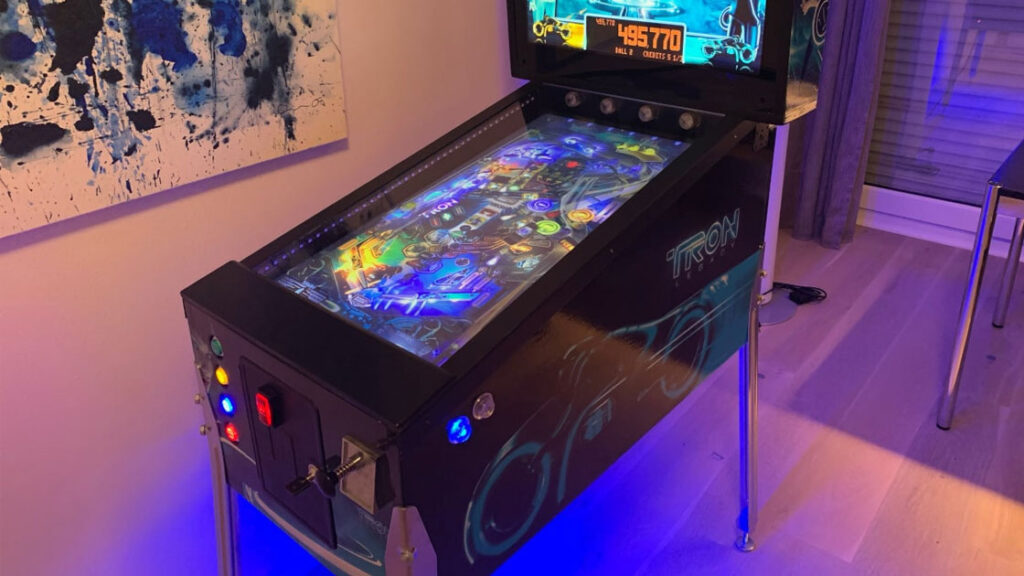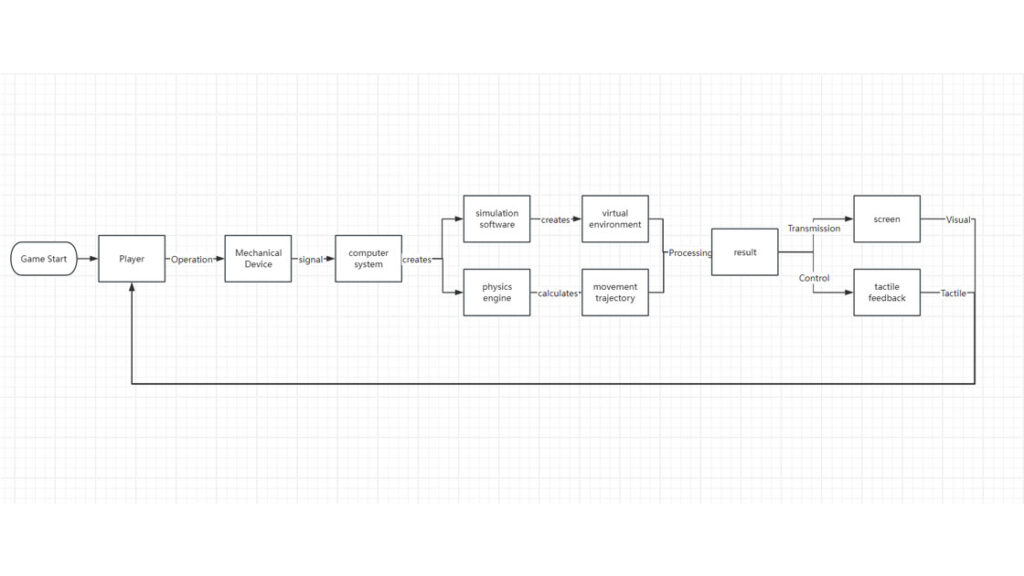Guangzhou Funspace Technology Co., GmbH.
FunSpace ist ein Anbieter und Hersteller von Arcade-Automaten, der sich auf unabhängige Forschung konzentriert, Entwicklung Produktion,Verkauf und Service für münzbetriebene Arcade-Spielautomaten.
KONTAKTIERE UNS
Telefon: 0086 18011735497
Email: [email protected]
Adresse: NEIN. 42 Shixin-Straße, Donghuan-Straße, Bezirk Panyu , Guangzhou, China.
Speisekarte



